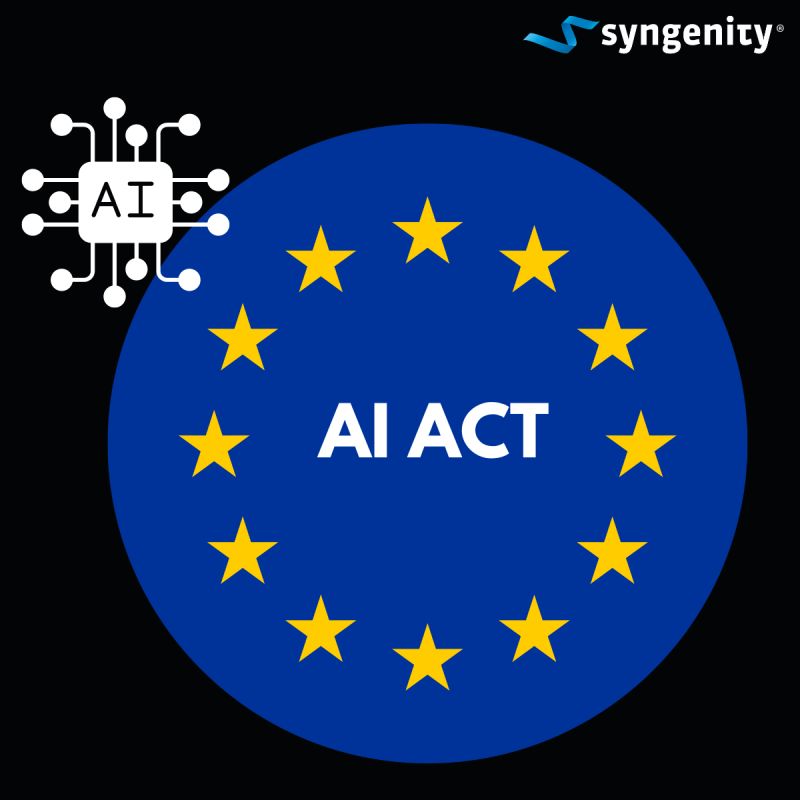AI Act comes into force: what you need to know about the AI regulation
The AI Act has been in force since August 1, 2024 and regulates artificial intelligence (AI) in the EU!
This important regulation applies directly in all member states of the European Union and represents an important step in the regulation and control of AI systems.
In this article, we take a detailed look at the most important aspects of the AI Act and what it means for companies and developers.
What is the AI Act?
The AI Act is a comprehensive law developed to regulate the use and development of AI systems in the EU.
It is based on a risk-based approach in which AI systems are categorized into different risk classes.
This categorization determines the specific requirements and deadlines that apply to each risk level.
The AI Act aims to ensure that AI systems are used safely and ethically by setting out clear rules for the development, use and monitoring of AI technologies.
The risk classes of the AI Act
The AI Act divides AI systems into different risk classes, each of which has different requirements and deadlines.
This classification ranges from low risk to high risk.
The higher the risk, the stricter the regulations.
Here are the main categories:
- Minimal risk: Systems with minimal risk to people’s rights and safety, such as basic AI applications in customer service.
- Growing risk: Applications that potentially harbor risks but are not immediately questionable, such as AI-supported recommendation algorithms.
- High risk: AI systems that have a significant impact on people’s safety and rights, such as AI in healthcare or law enforcement.
- Unacceptable risk: Systems that are classified as too risky and are therefore prohibited, such as those that manipulate or exploit people.
Generative AI and the AI Act
One particularly hotly debated topic is generative AI, which includes systems such as ChatGPT.
This type of AI, which is able to generate human-like texts or create complex content, is summarized under the term GPAI – General Purpose AI.
When the regulation was drafted, generative AI systems did not yet exist in their current form, which is why their specific regulations were added later.
The integration of GPAI into the AI Act required special negotiations and adjustments.
Special regulations therefore apply to this type of AI to ensure its ethical use and minimize potential abuse.
Special requirements for GPAI
Generative AI is subject to strict requirements, which include the following points:
- Transparency: Users must be informed that they are communicating with an AI.
This should prevent people from mistakenly believing that they are dealing with a human. - Security standards: GPAI systems must pass rigorous security checks to ensure that they do not produce harmful or misleading content.
- Ethics and data protection: The handling of personal data and ethical issues is particularly critical.
The regulation ensures that data protection guidelines are adhered to and ethical principles are observed.
Impact on companies and developers
For companies and developers, the introduction of the AI Act means significant changes.
Companies may need to adapt their AI systems to comply with the new regulations.
This may mean additional costs and time, especially for adapting to the specific requirements of the risk classes and implementing compliance measures.
Developers must ensure that their AI systems meet all requirements of the AI Act, including those for GPAI if their systems fall under this category.
This may require additional training and adjustments to development processes.
Conclusion
The AI Act represents a significant step in the regulation of artificial intelligence in the EU.
By introducing a risk-based approach and specific rules for generative AI systems, the regulation creates a framework that both promotes innovation in the field of AI and ensures safety and ethical use.
Companies and developers should familiarize themselves with the new requirements at an early stage and take appropriate measures to comply with the new regulations.







